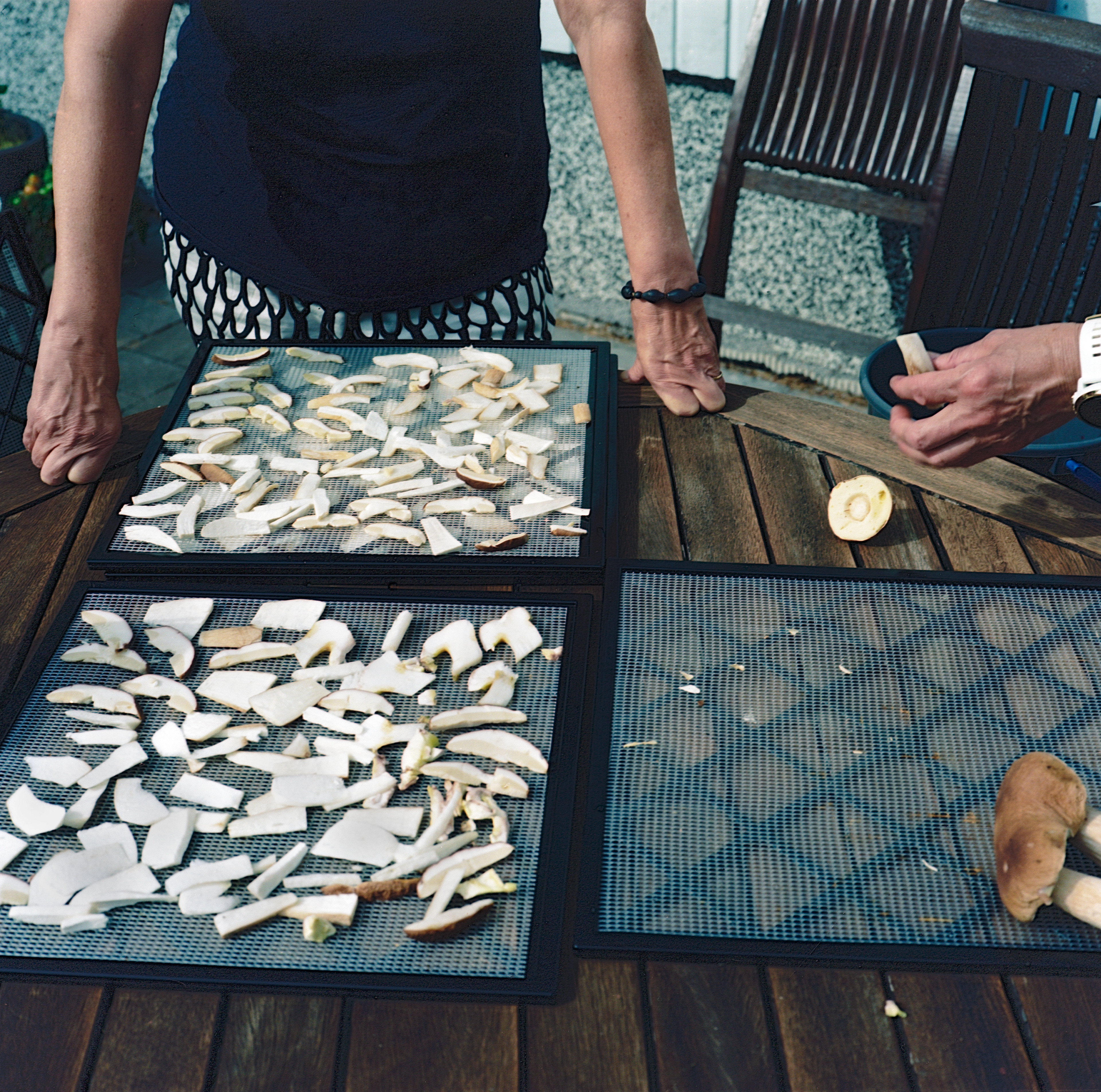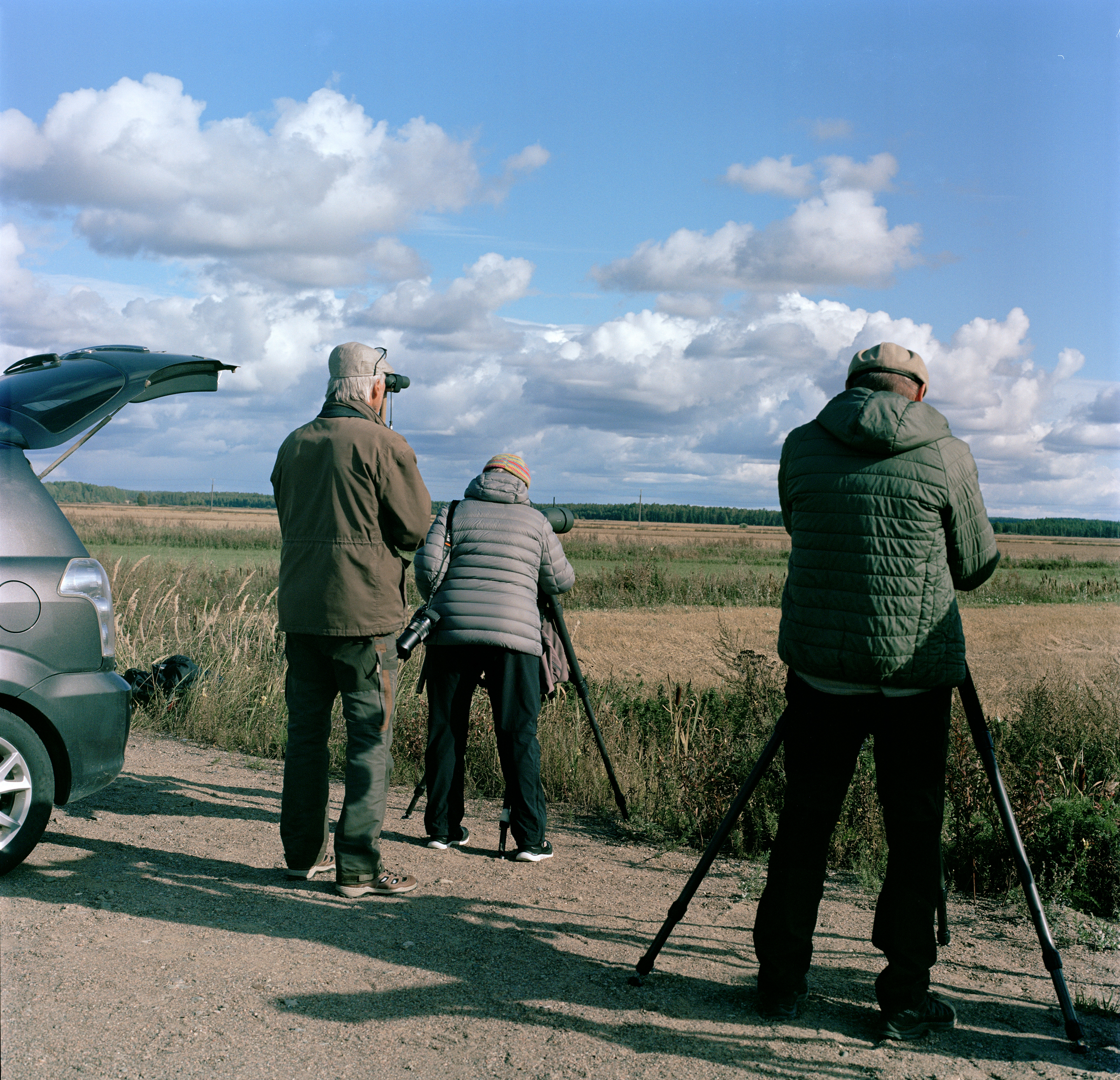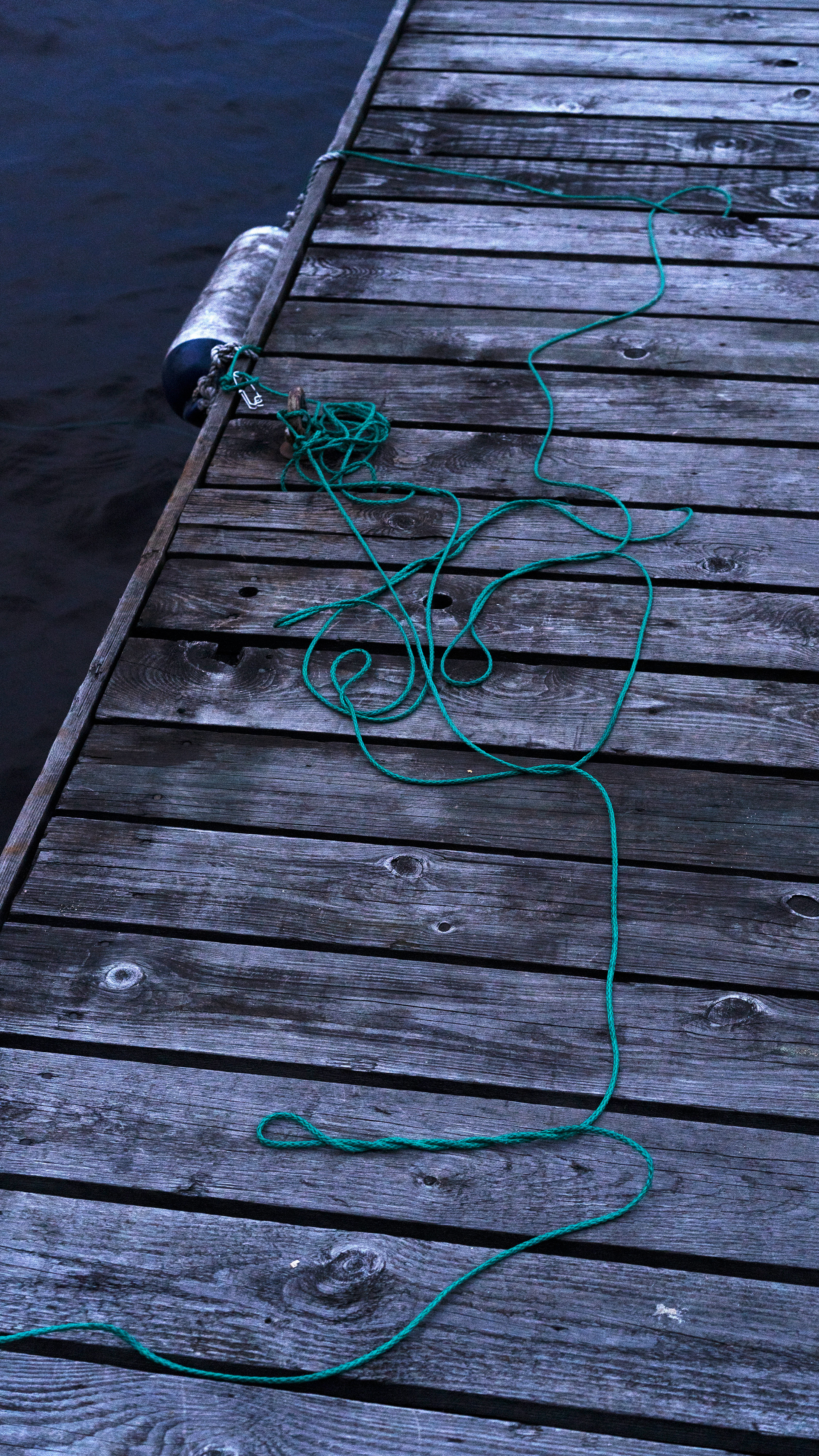"Ensontie"
"Me ei kuolla koskaan" is a portrait of South Karelia in Finland. Childhood memories and family identity have repeatedly drawn me back to Karelia and sparked my interest in photographing about its current state.
South Karelia is characterized by declining population numbers, its proximity to the Russian border, and a sense of time standing still.
Karelia has experienced war history and has since been divided between Finland and Russia. Finnish Karelia has since developed a unique identity and is culturally an important part of Finland. Not only is it the origin of the Nordic myths "Kalevala," but it also hosts Finland's largest lake. Many people there live off tourism, including visitors from Russia, or from the paper and wood industries. Since the pandemic and the war in Ukraine, many things have become more difficult; time seems to have stood still. The alternation between open and closed borders with Russia and the increased difficulty of obtaining visas play a role.
Many people are leaving Karelia. What remains is a sense of nostalgia and an image of decay.
Karelia has experienced war history and has since been divided between Finland and Russia. Finnish Karelia has since developed a unique identity and is culturally an important part of Finland. Not only is it the origin of the Nordic myths "Kalevala," but it also hosts Finland's largest lake. Many people there live off tourism, including visitors from Russia, or from the paper and wood industries. Since the pandemic and the war in Ukraine, many things have become more difficult; time seems to have stood still. The alternation between open and closed borders with Russia and the increased difficulty of obtaining visas play a role.
Many people are leaving Karelia. What remains is a sense of nostalgia and an image of decay.
"Natalia"

"my mum and Päivi drying mushrooms"

"for sale"

"elderly people watching birds"

"Majatalo for sale"

"shadow of a tree"

"auntie Räili"
"shairs on a trampolin"

"green string"
"Venla driving the car"
repro of exhibition at "das Bedürfnis" 2022
repro of exhibition at "das Bedürfnis" 2022- left to right: "reflection", "Venla ice bathing", "forest blanket"